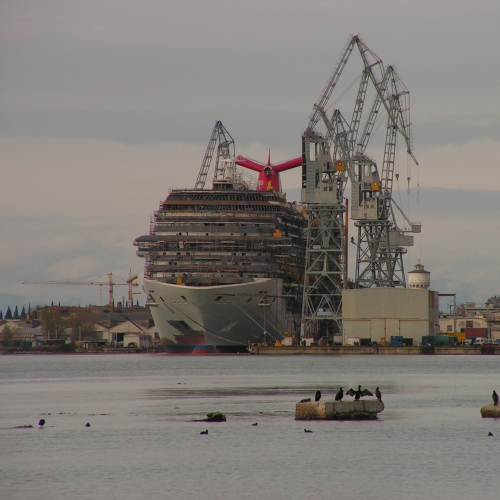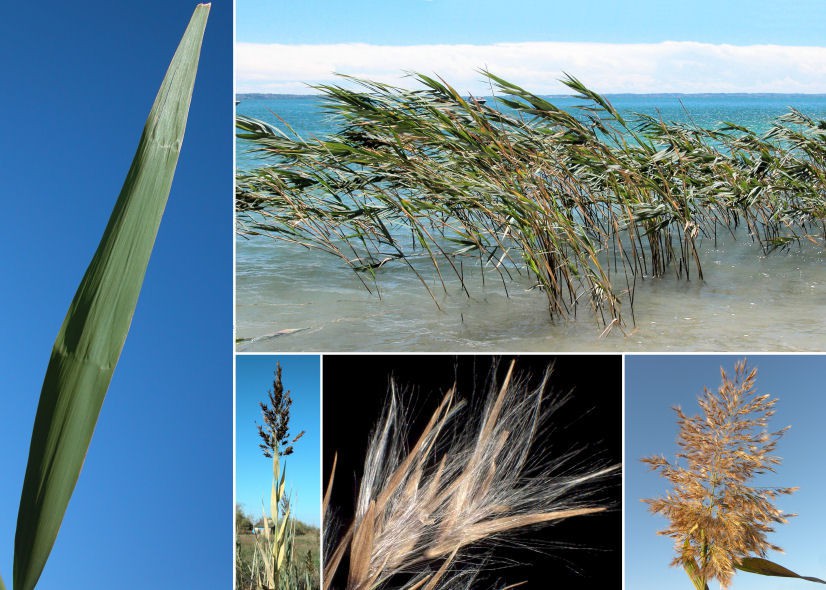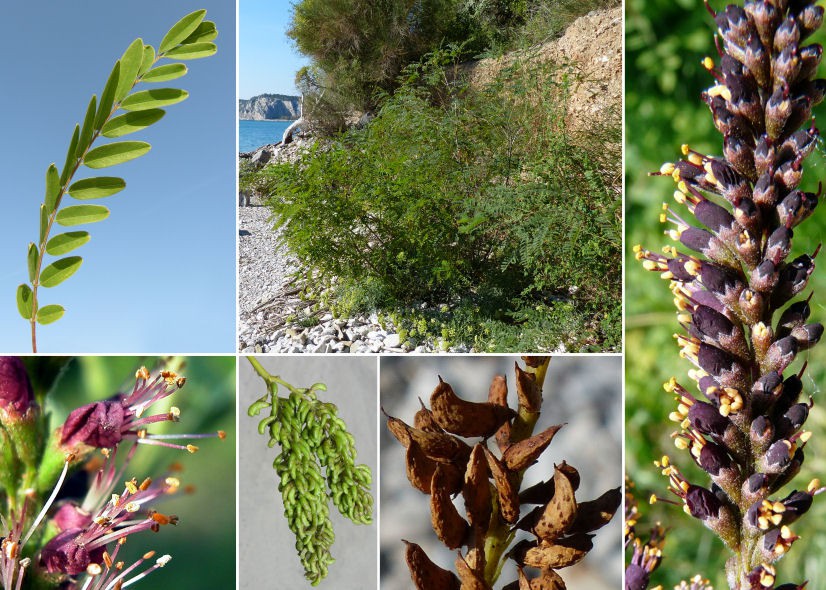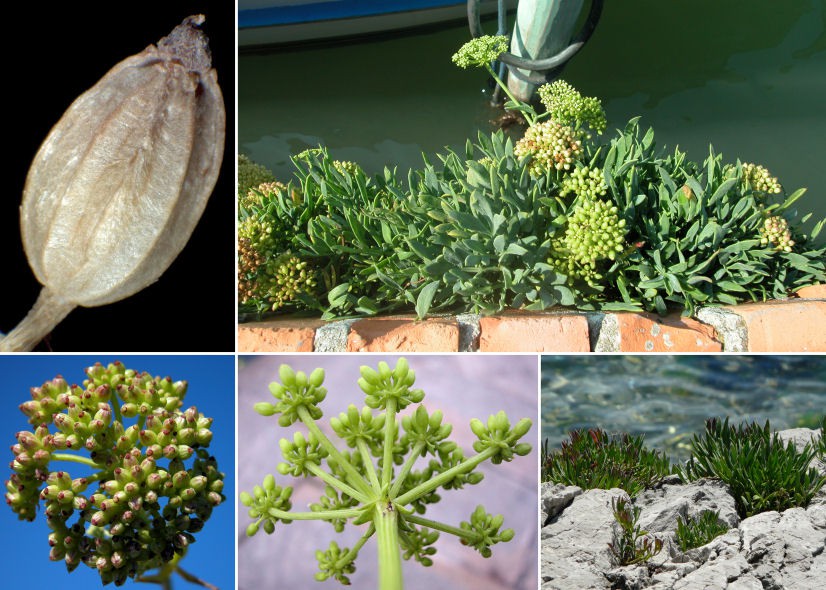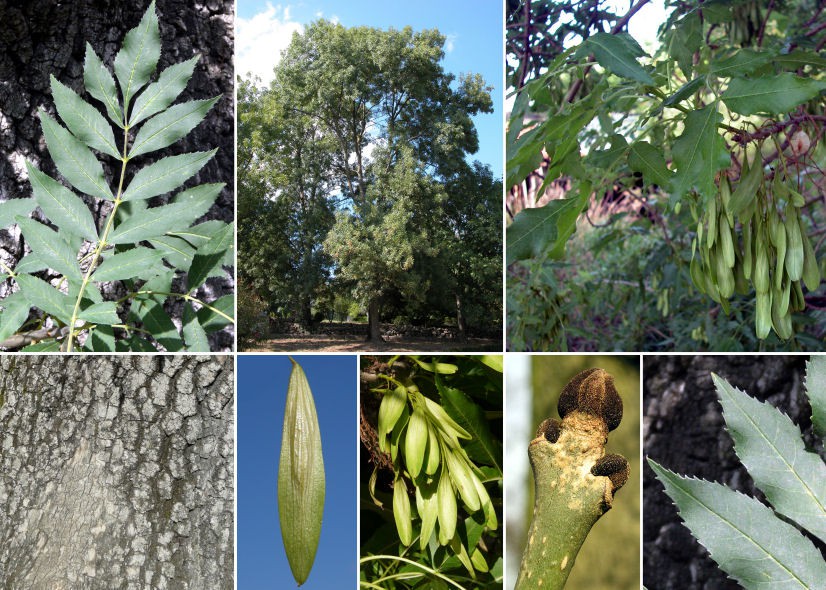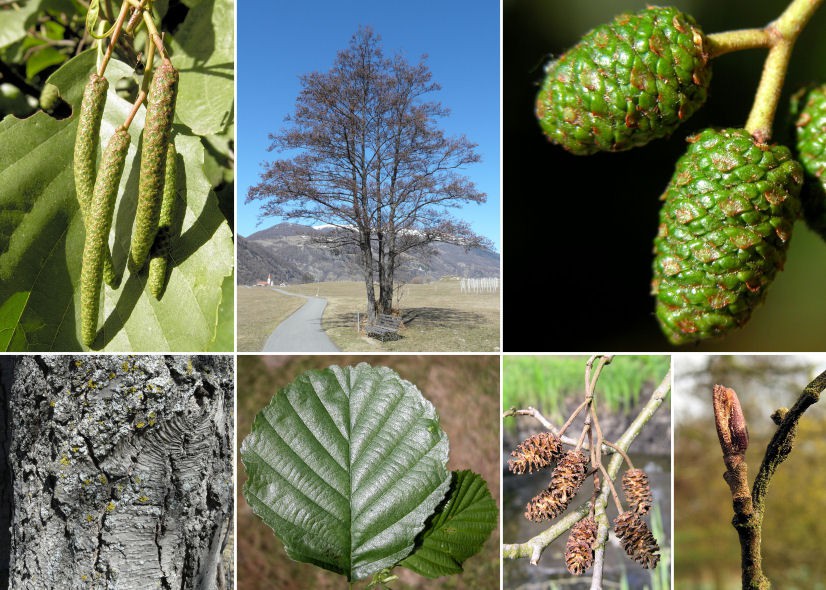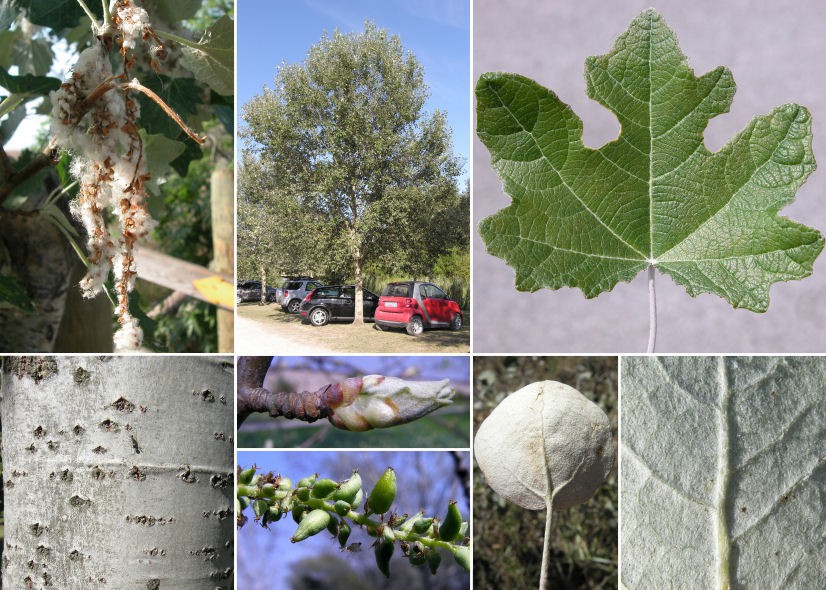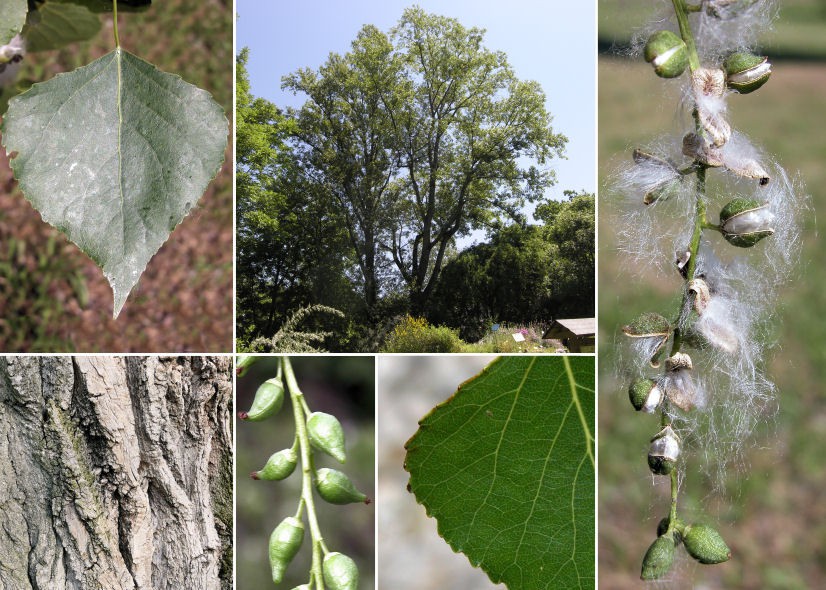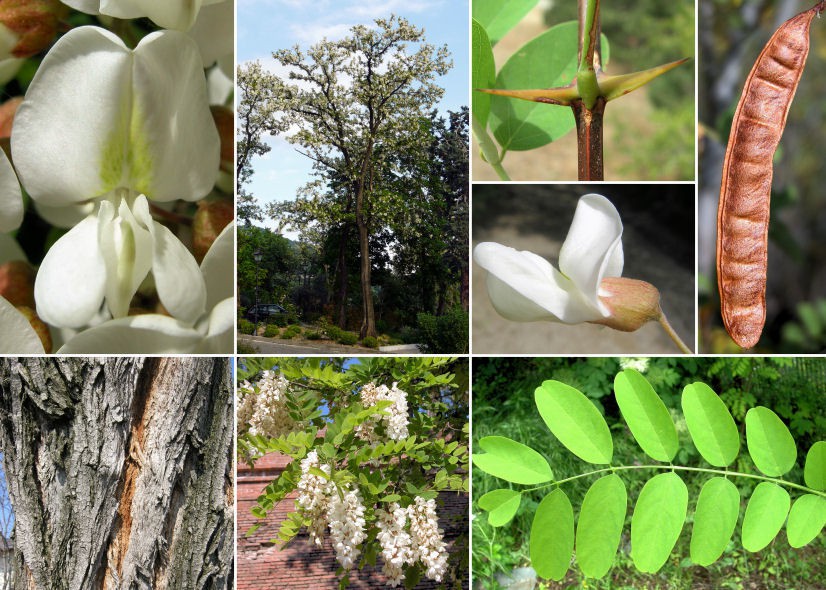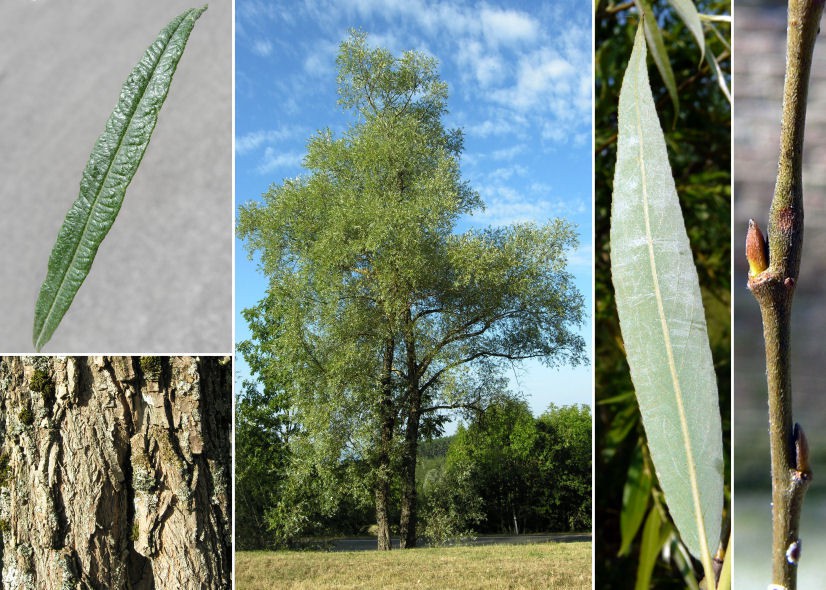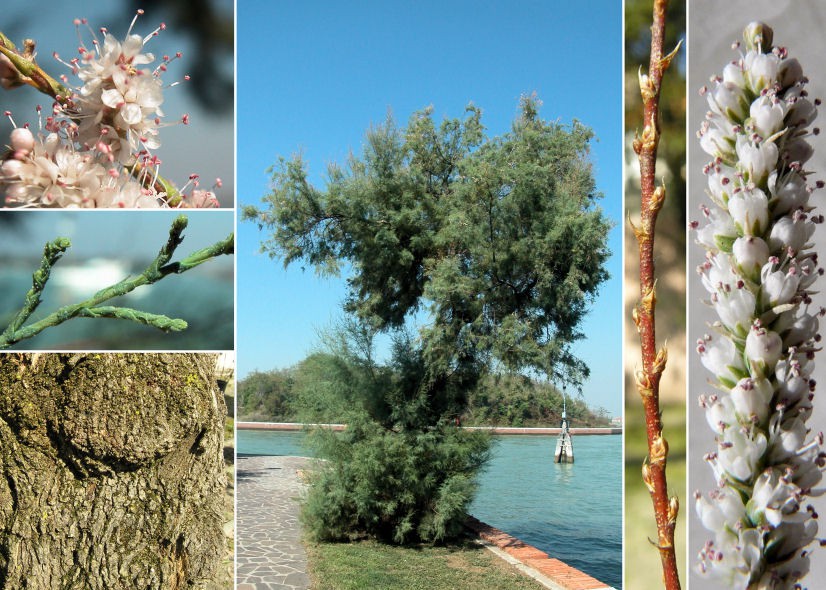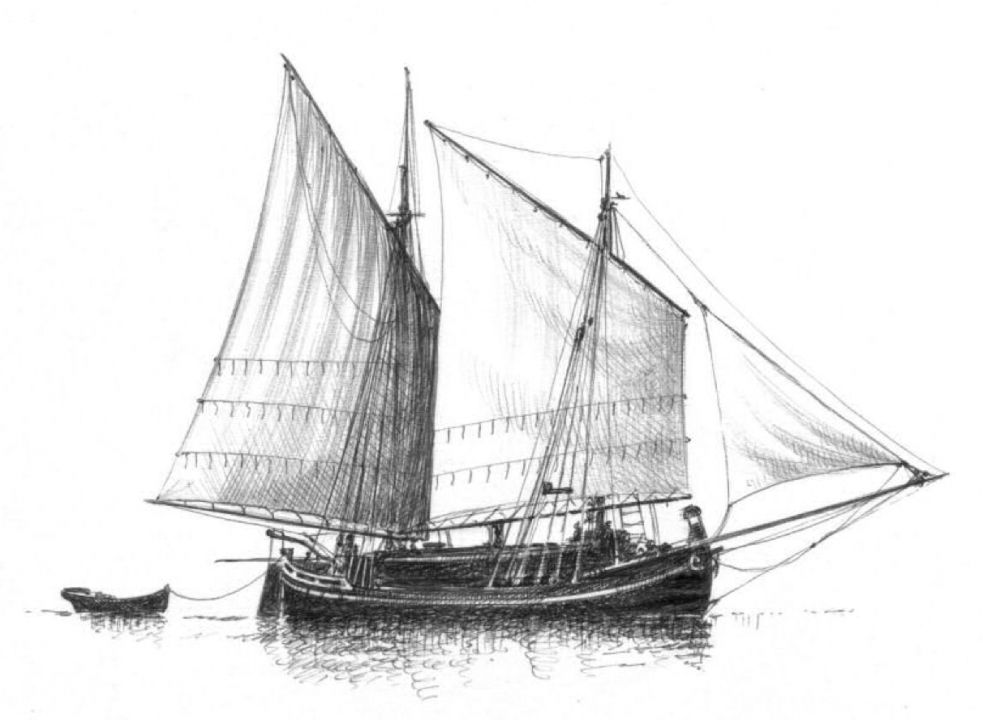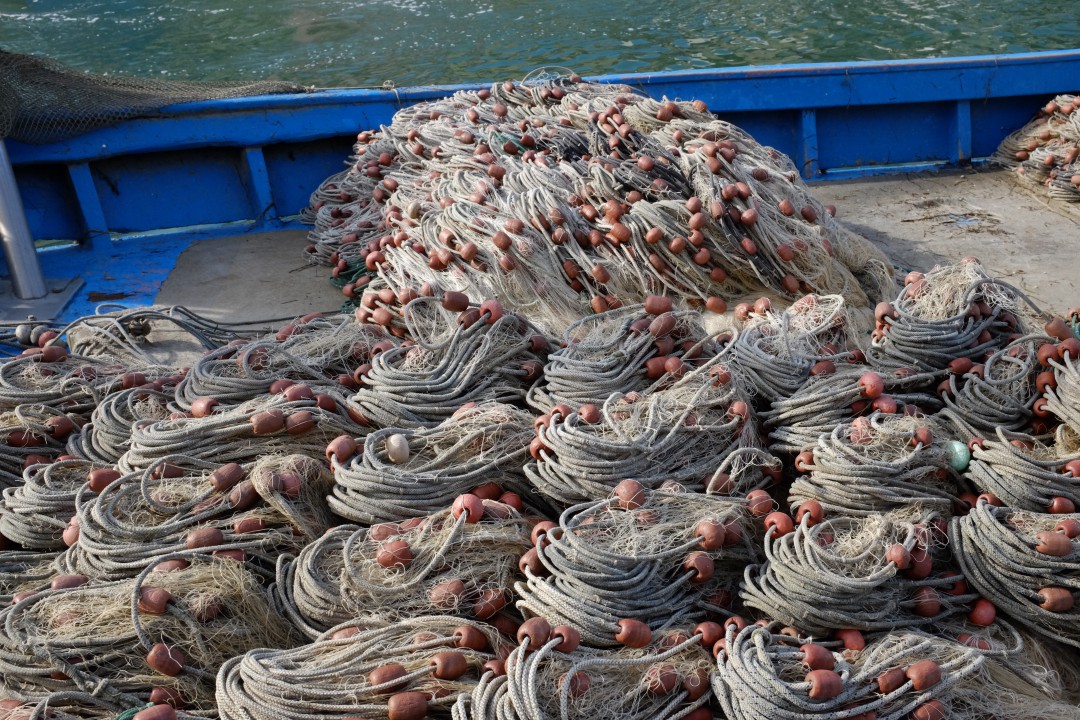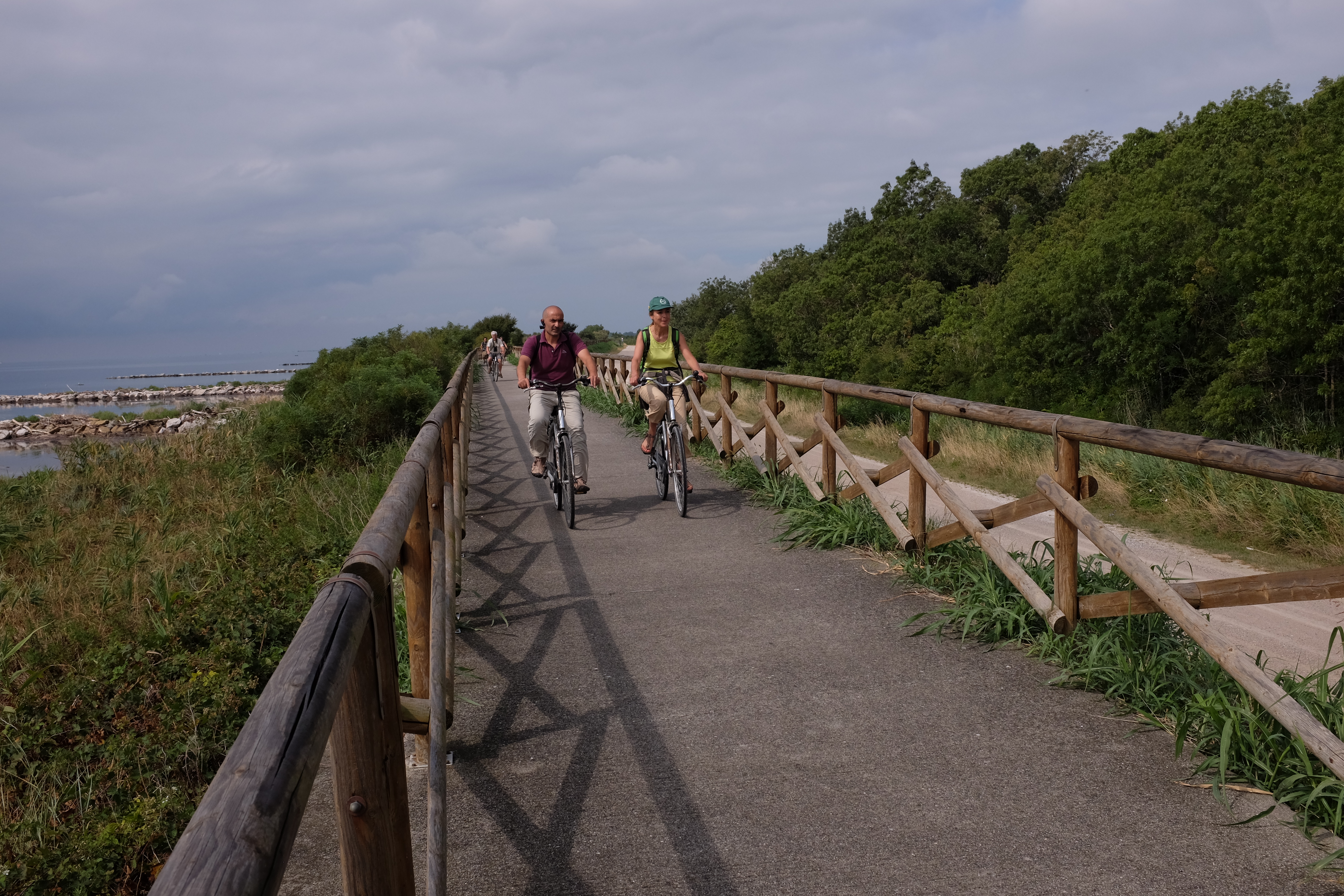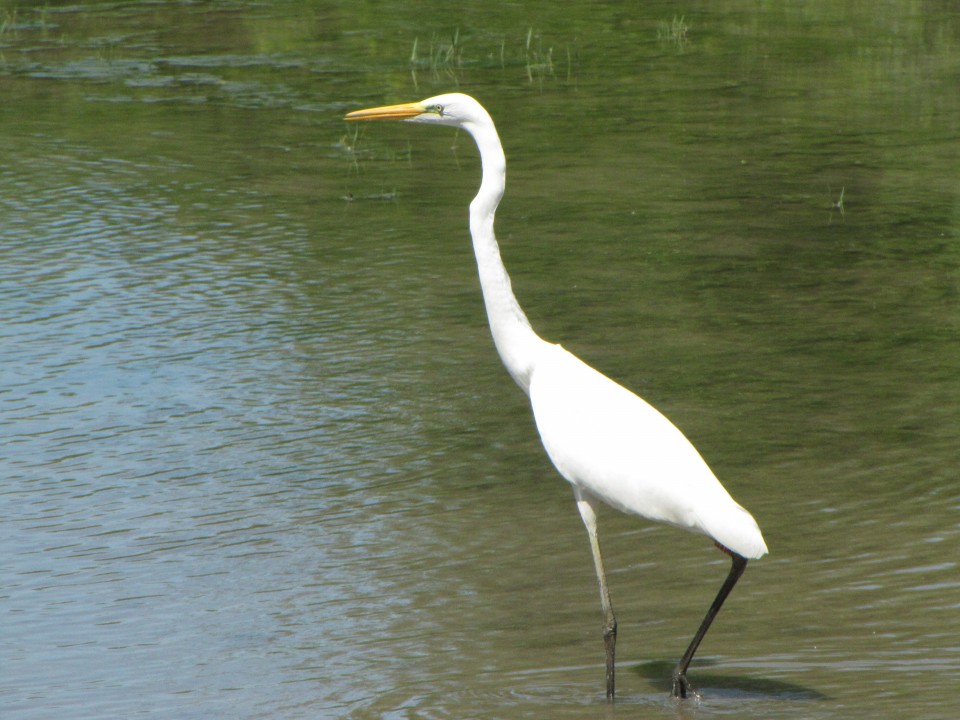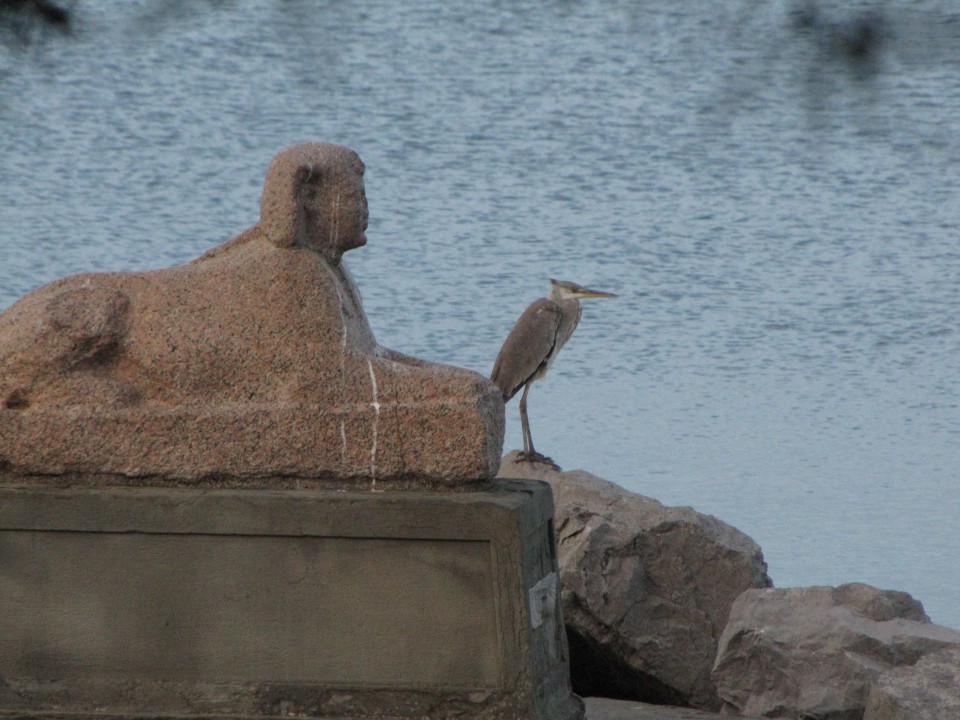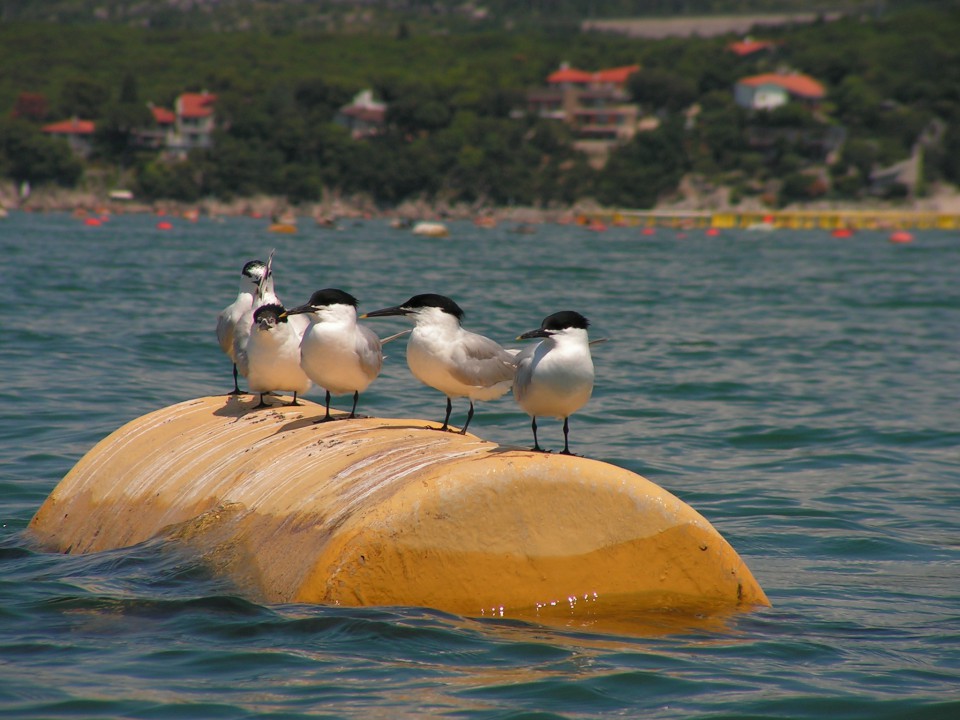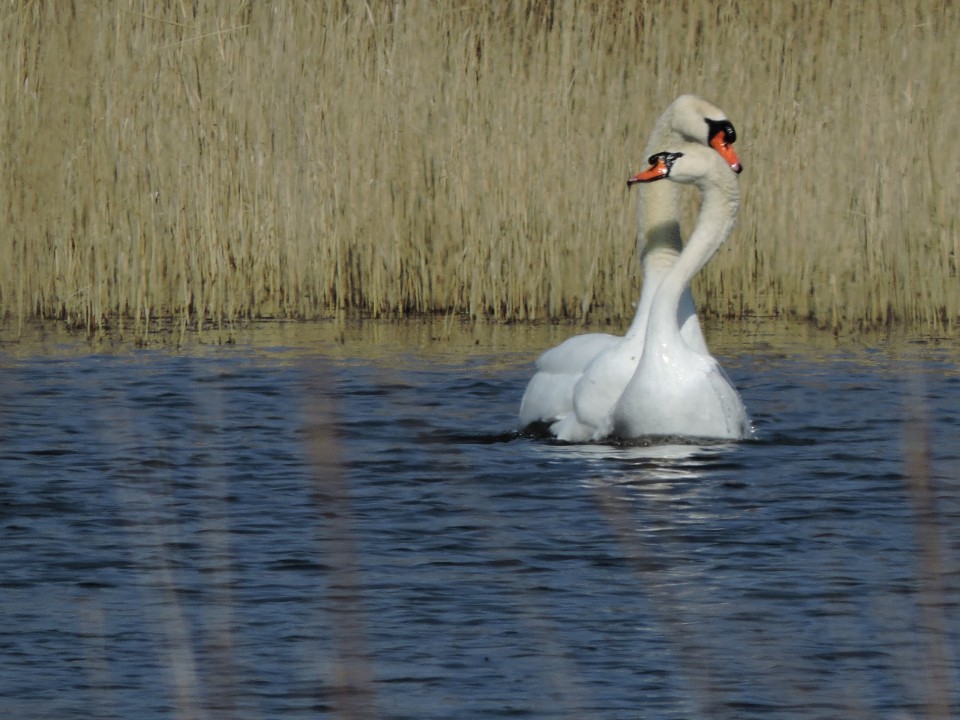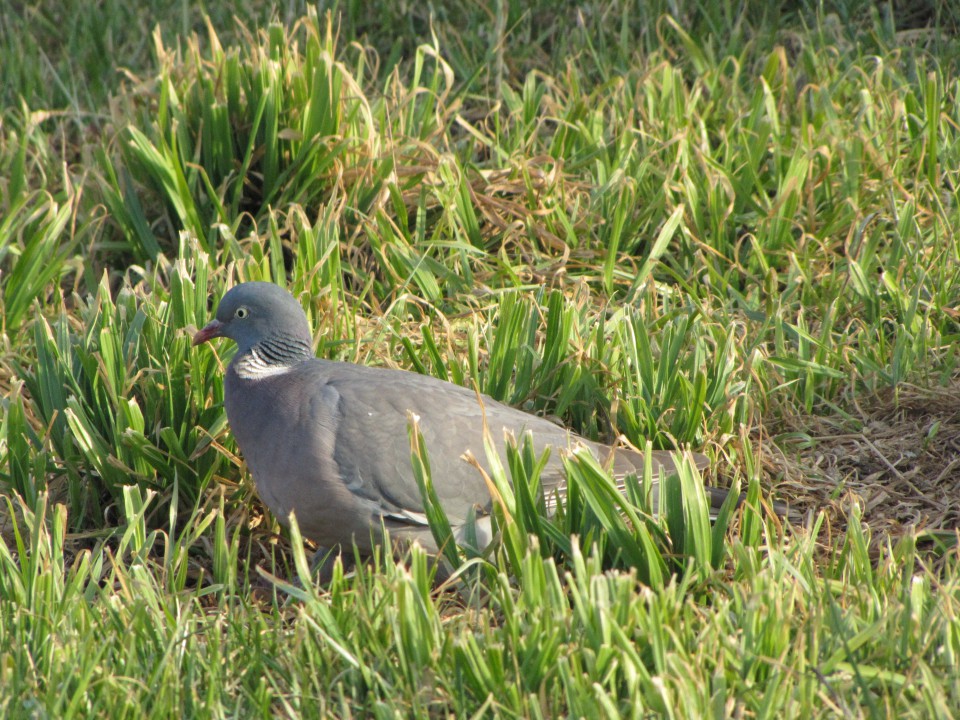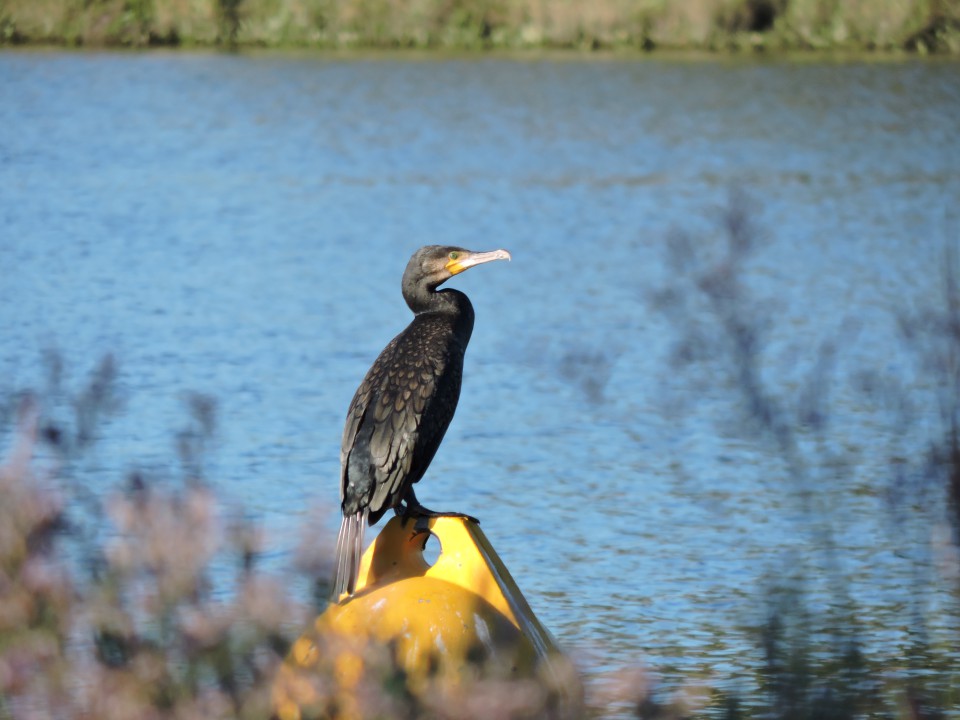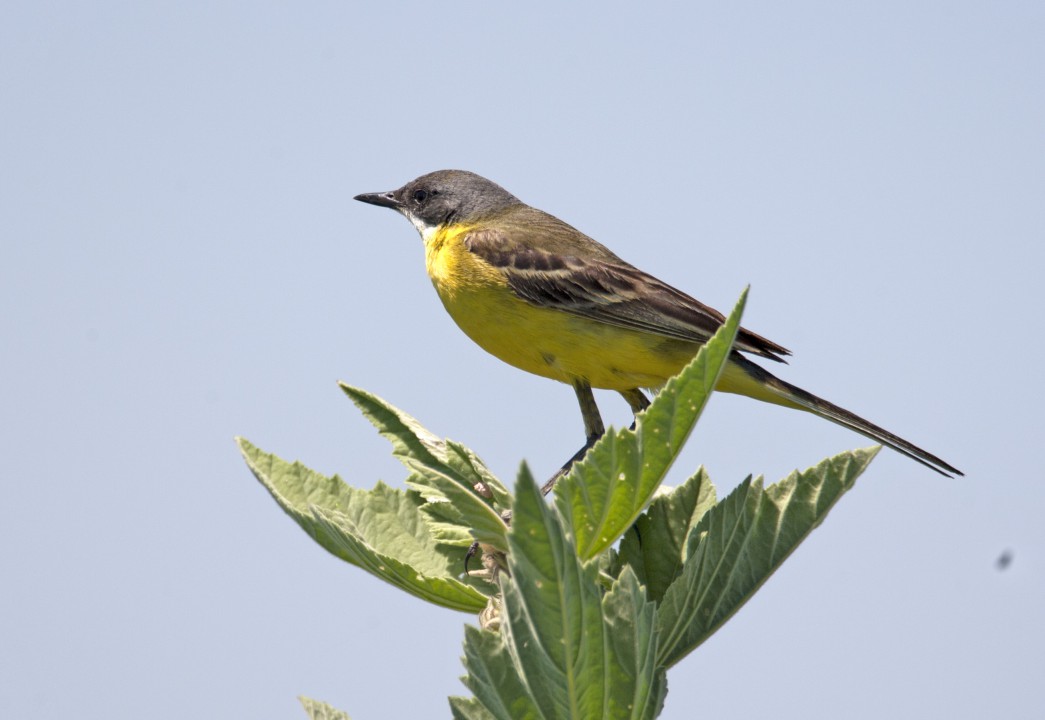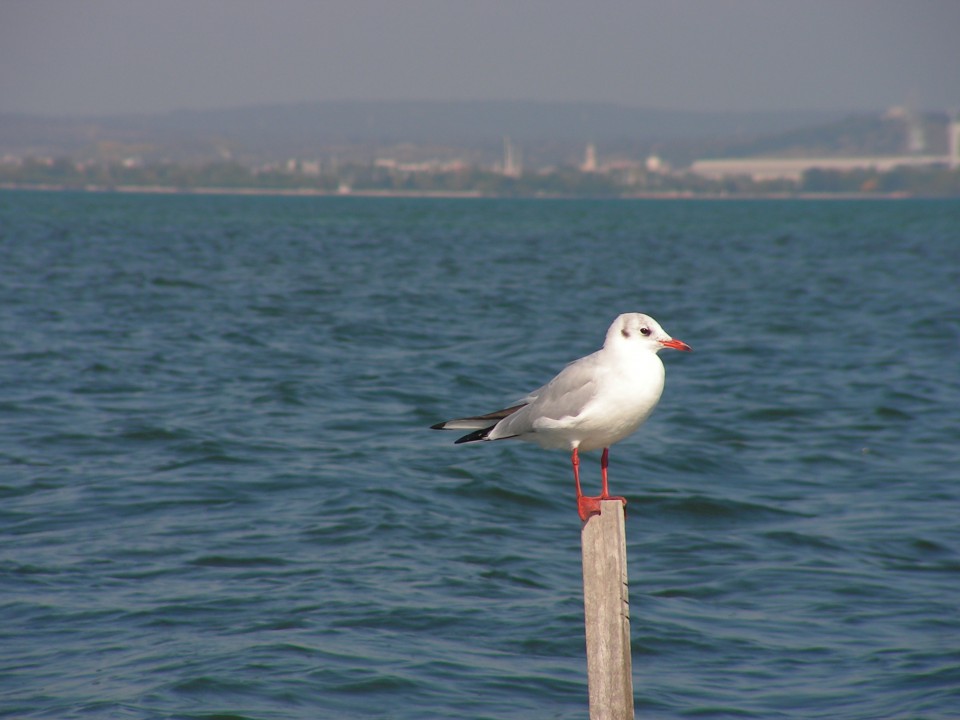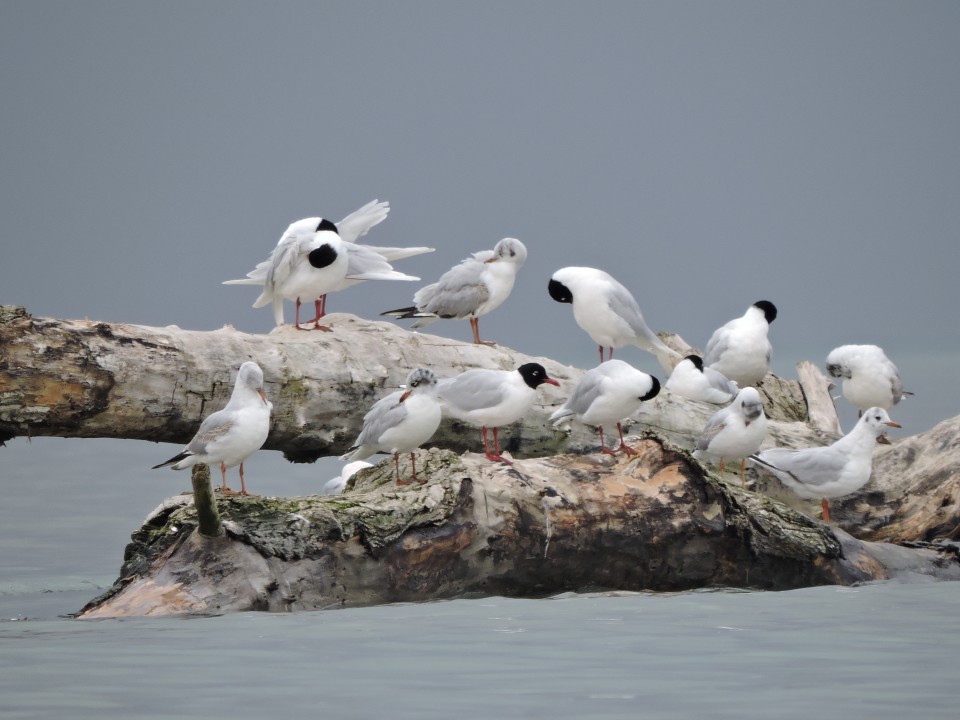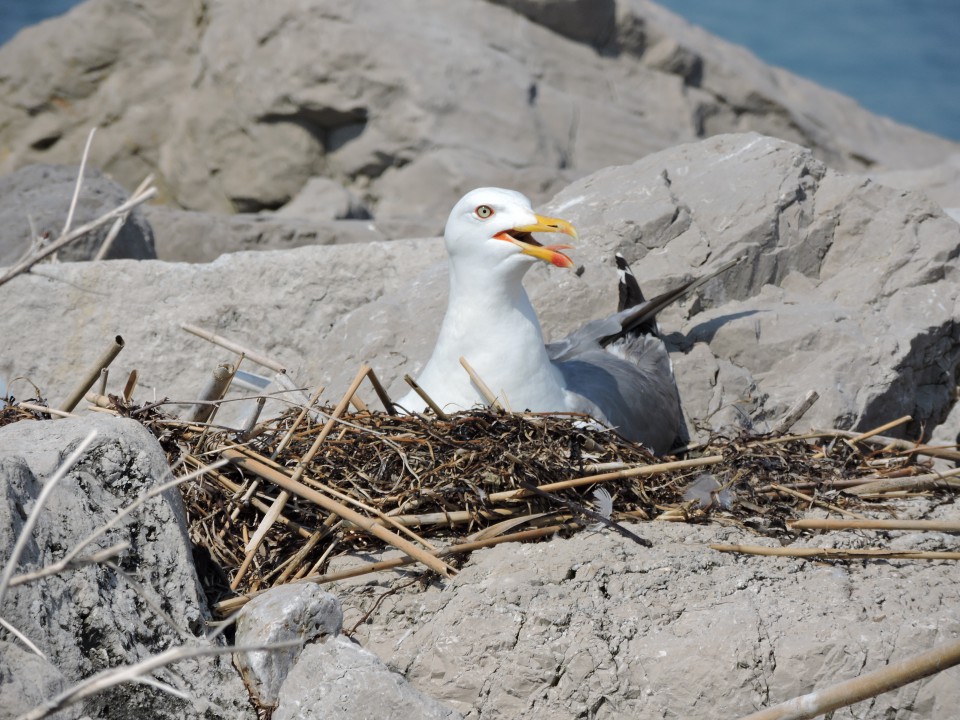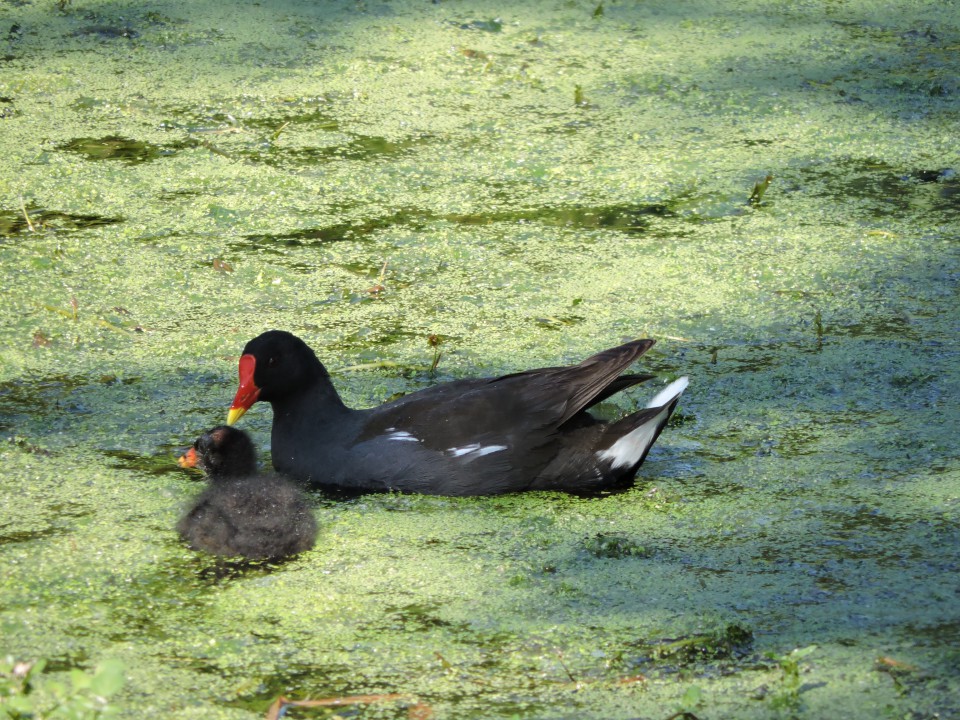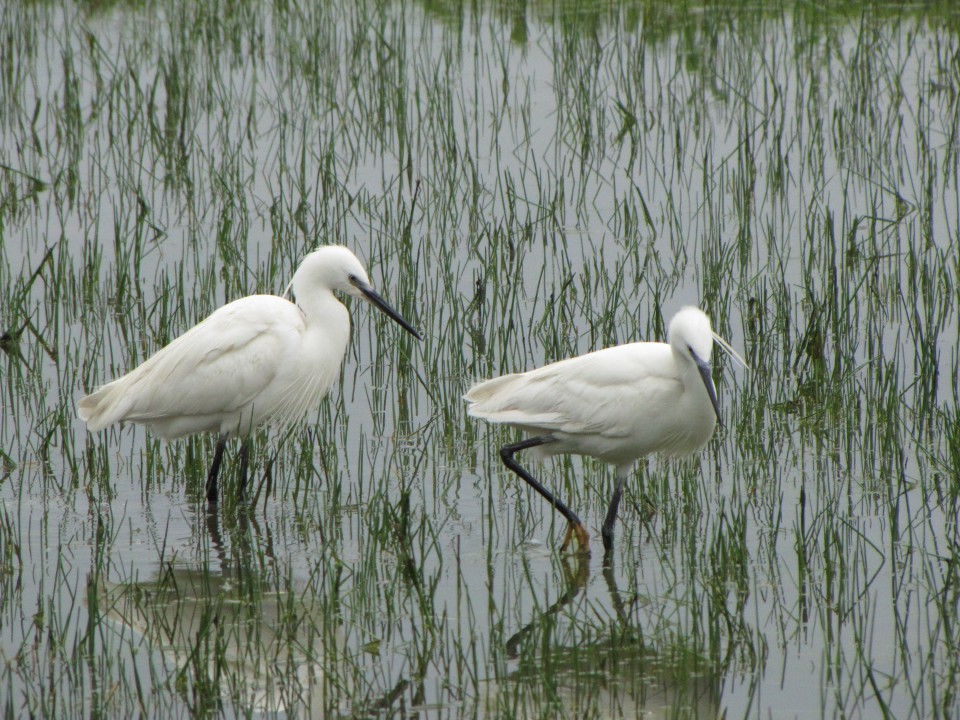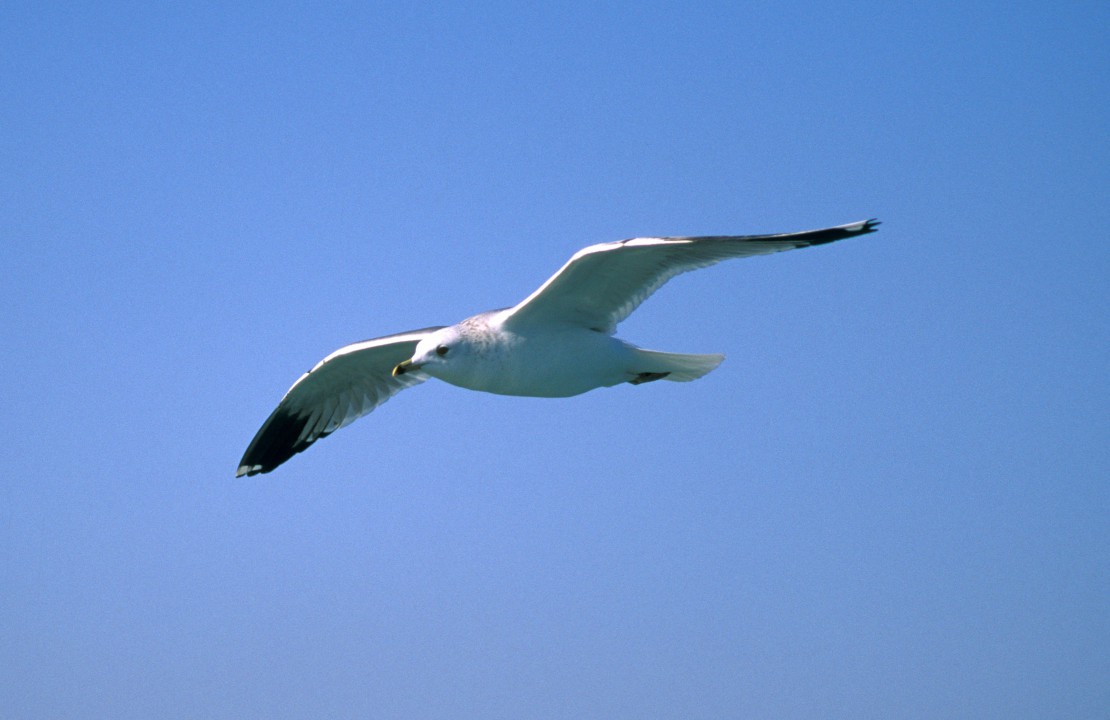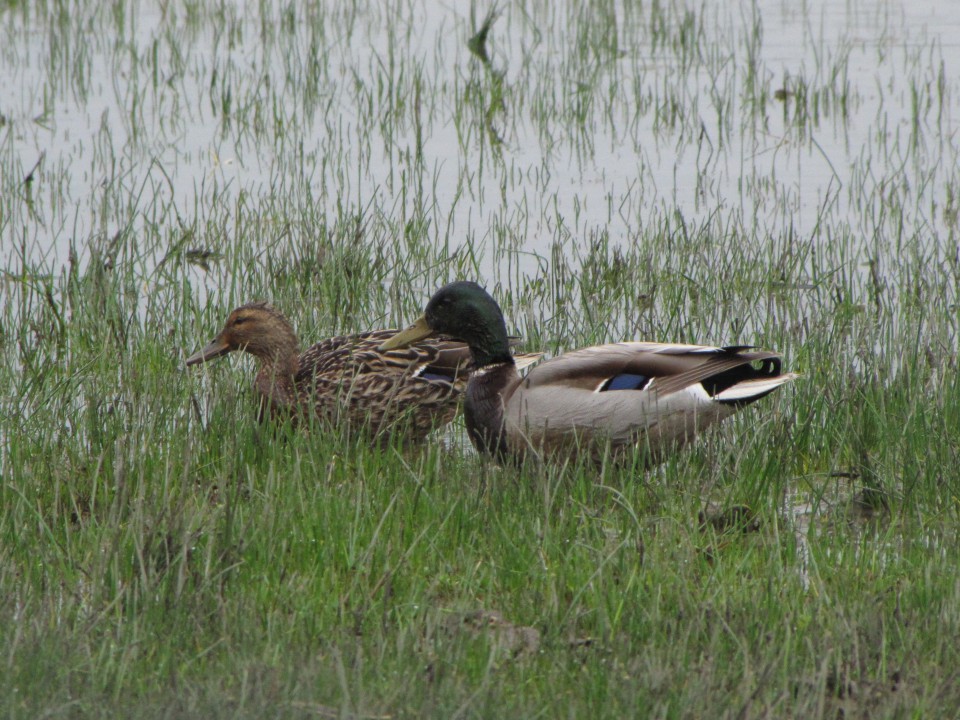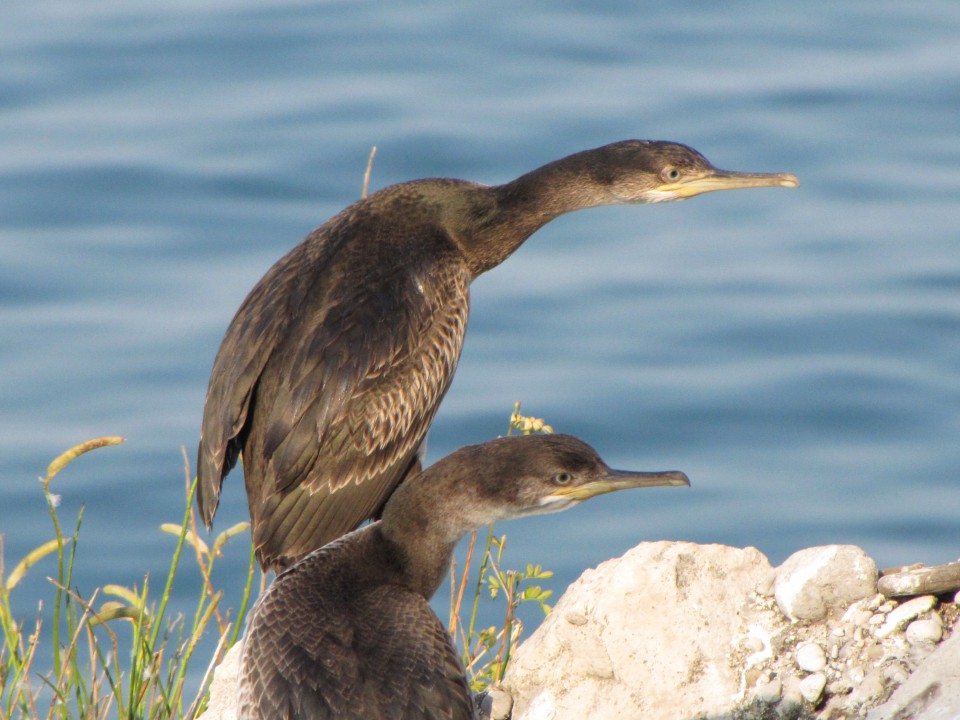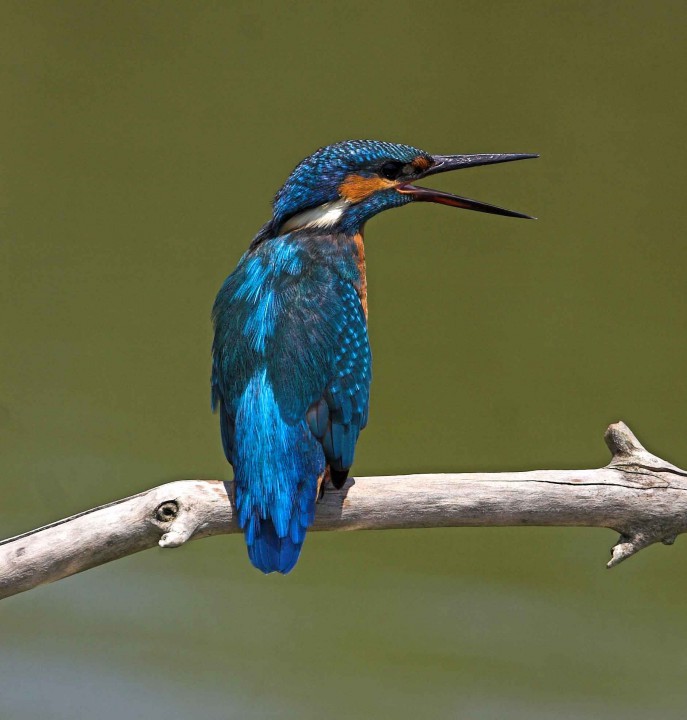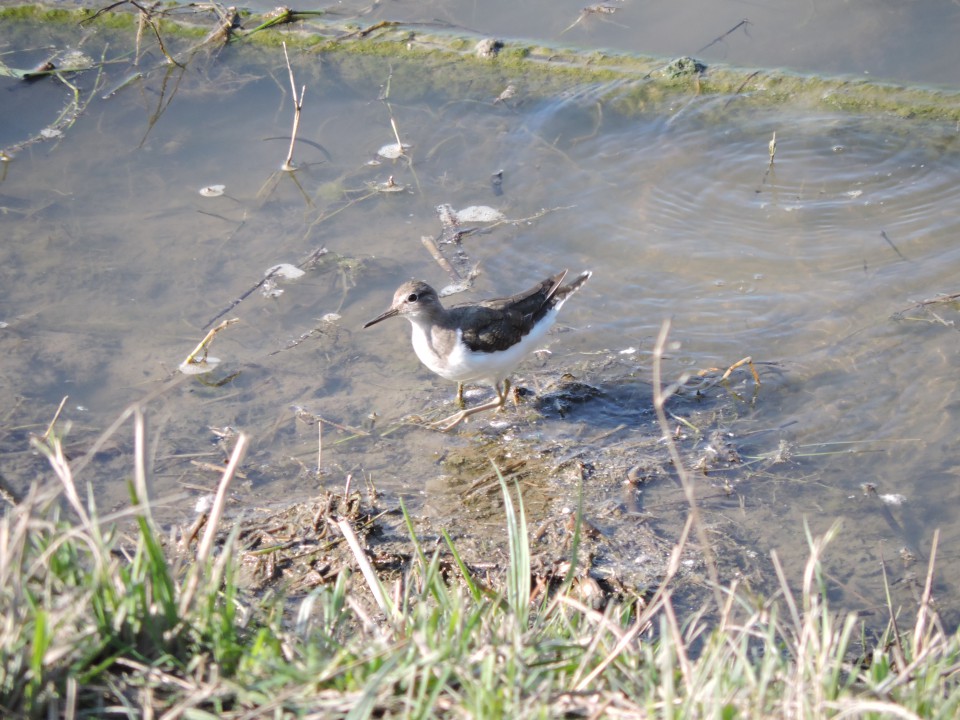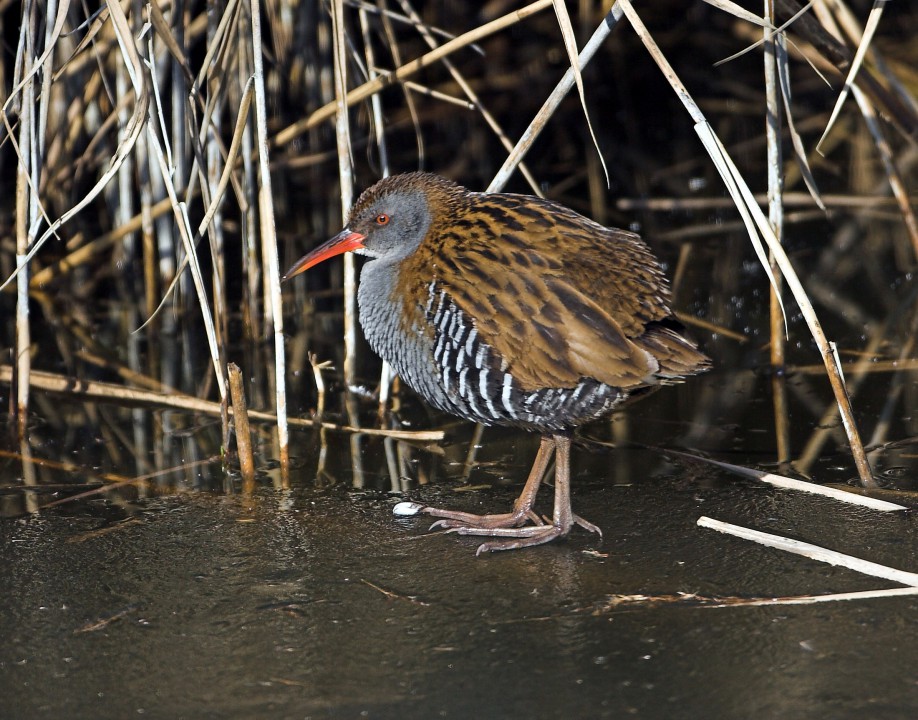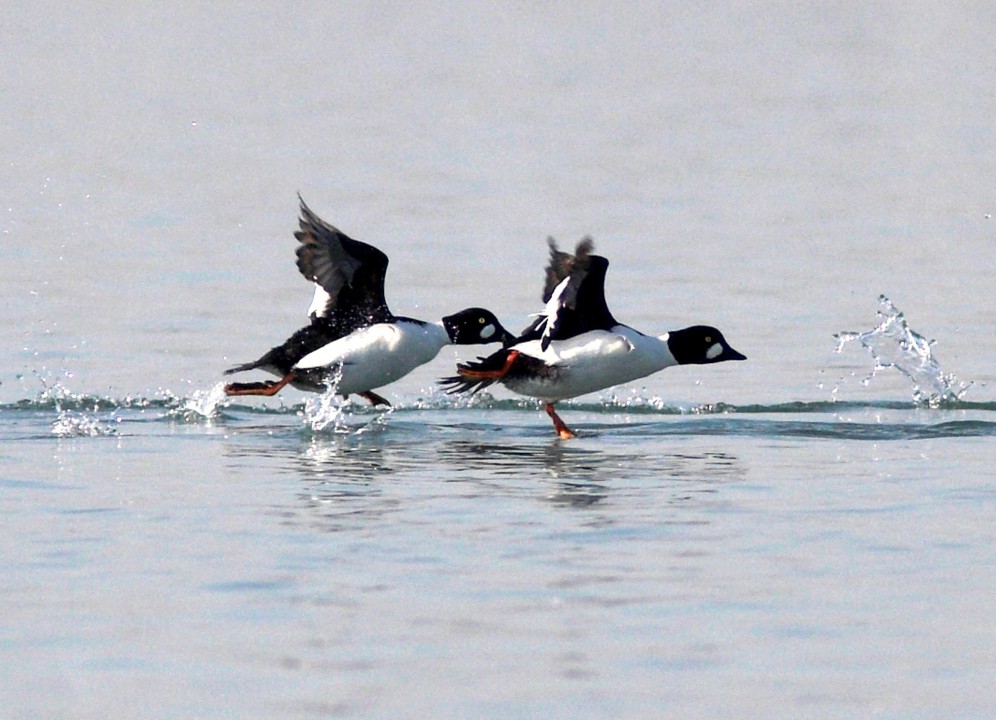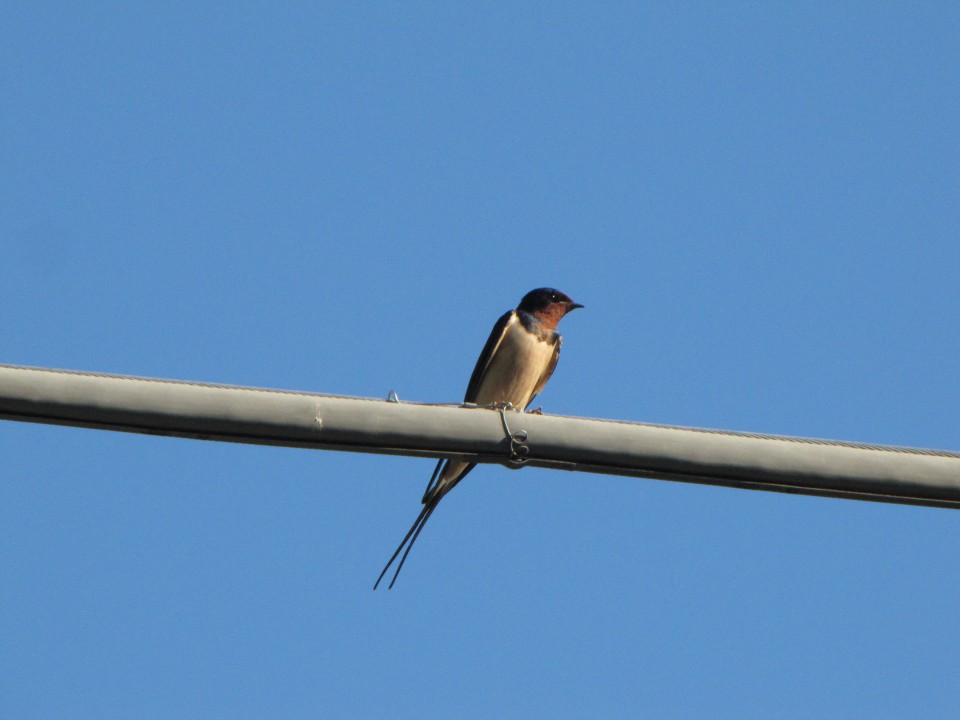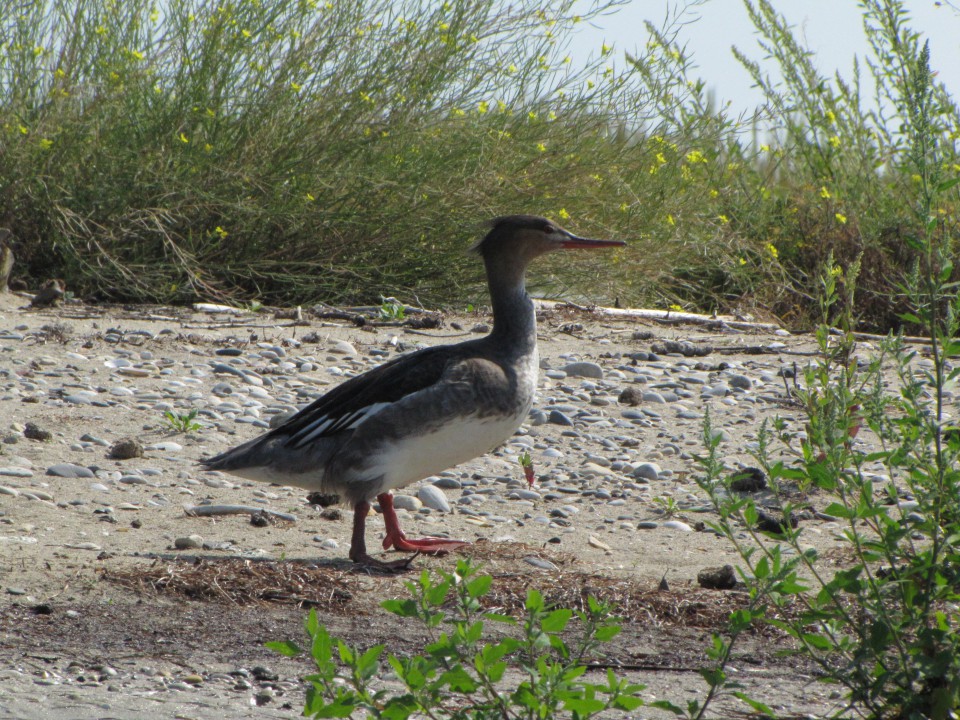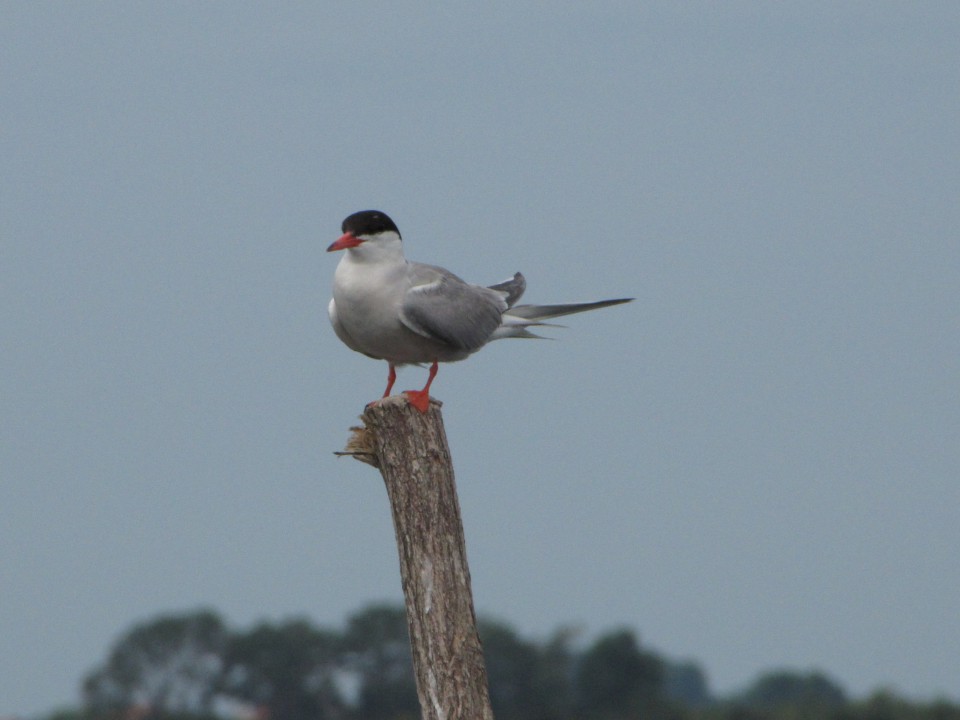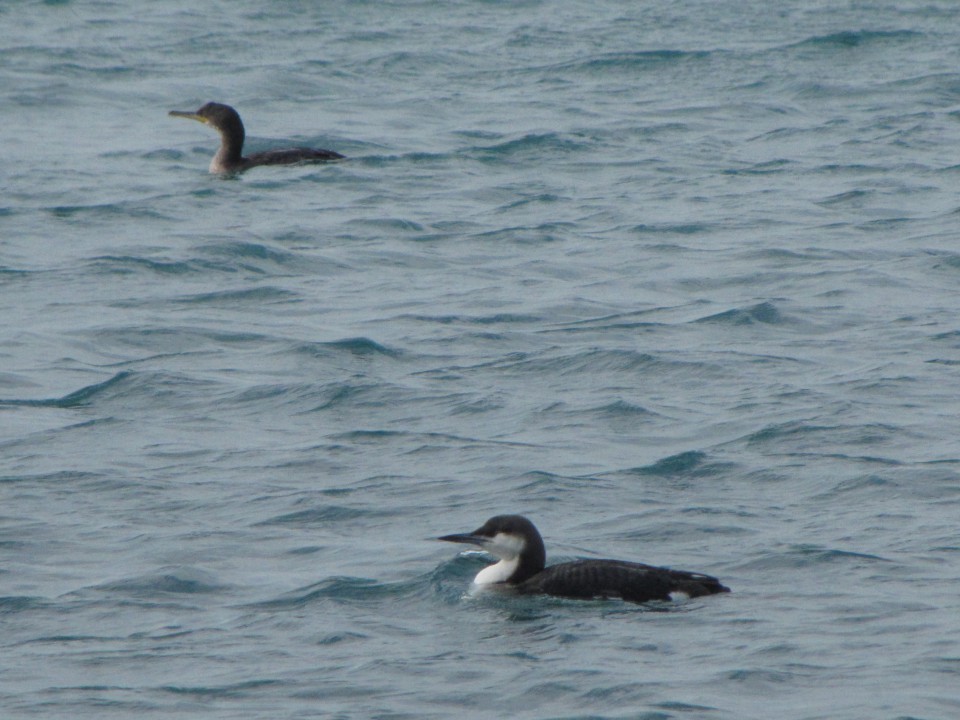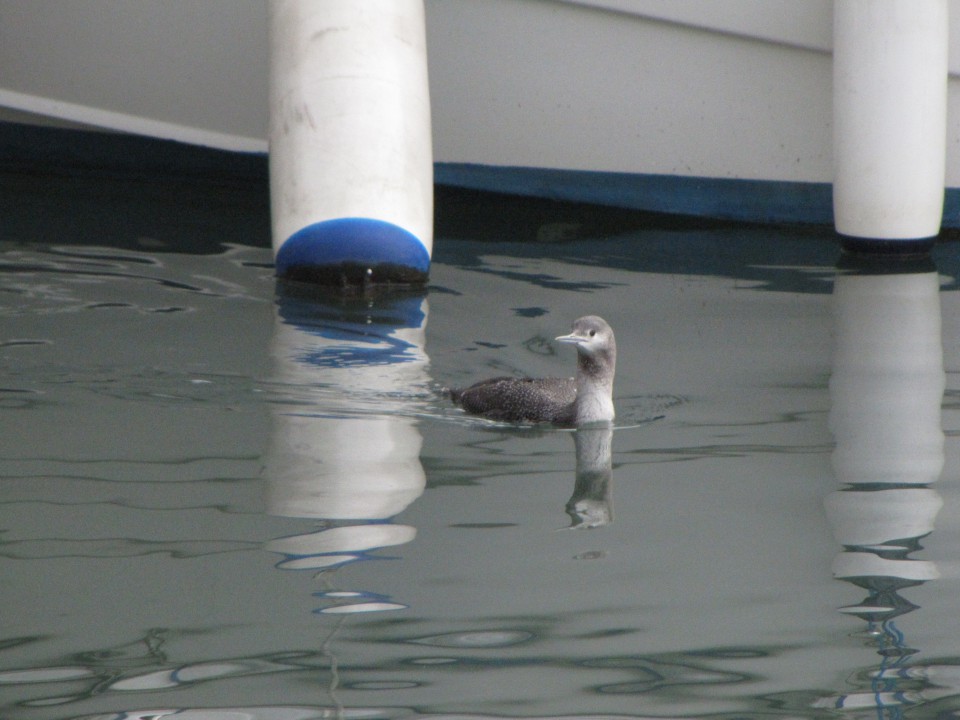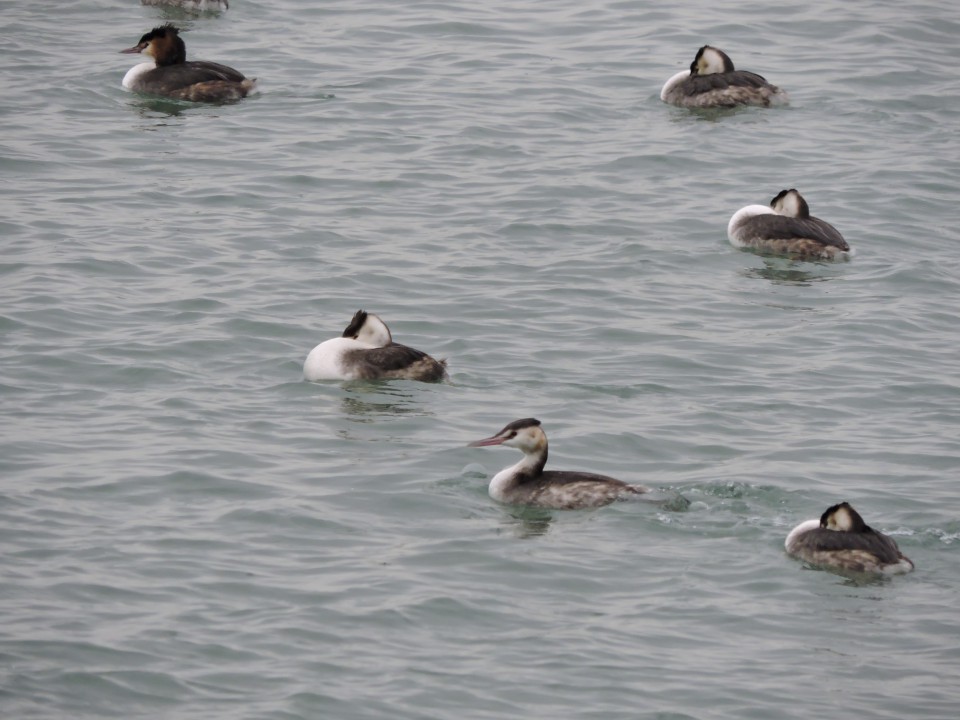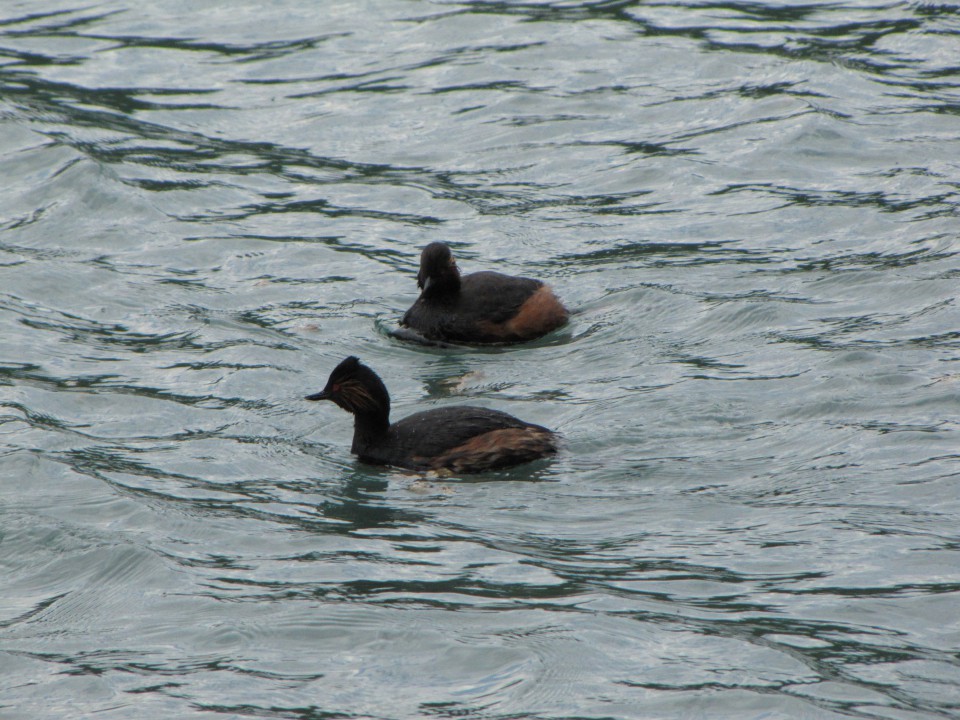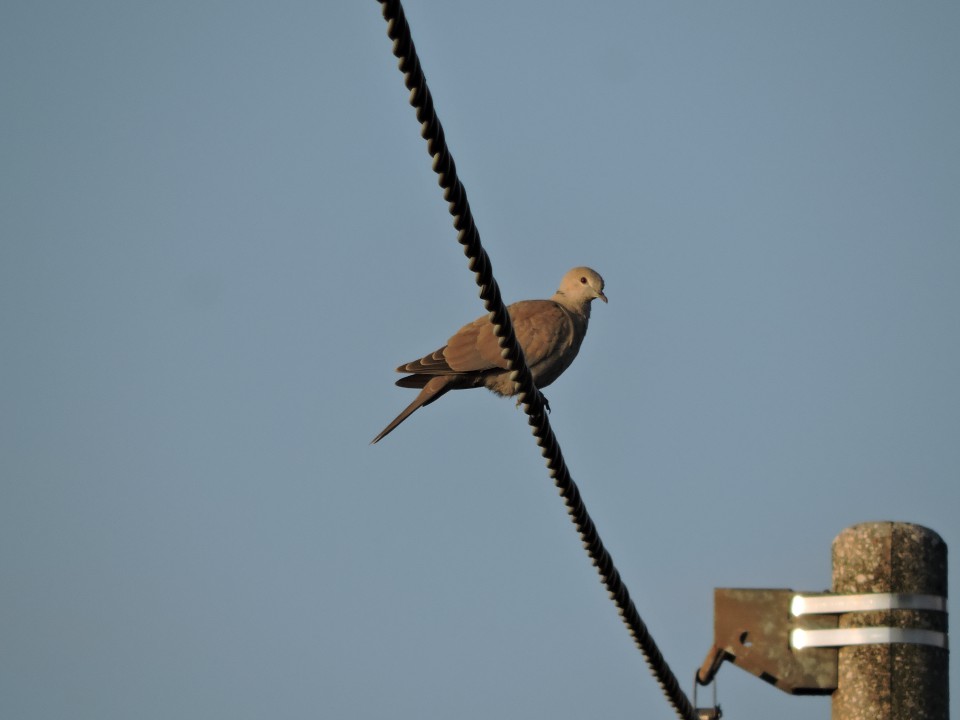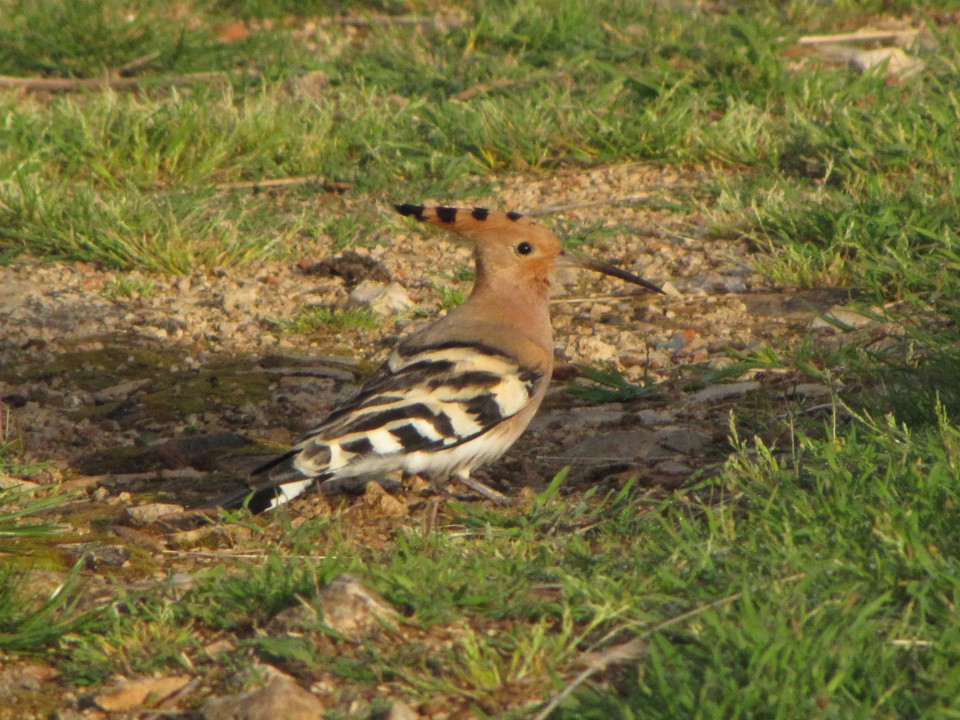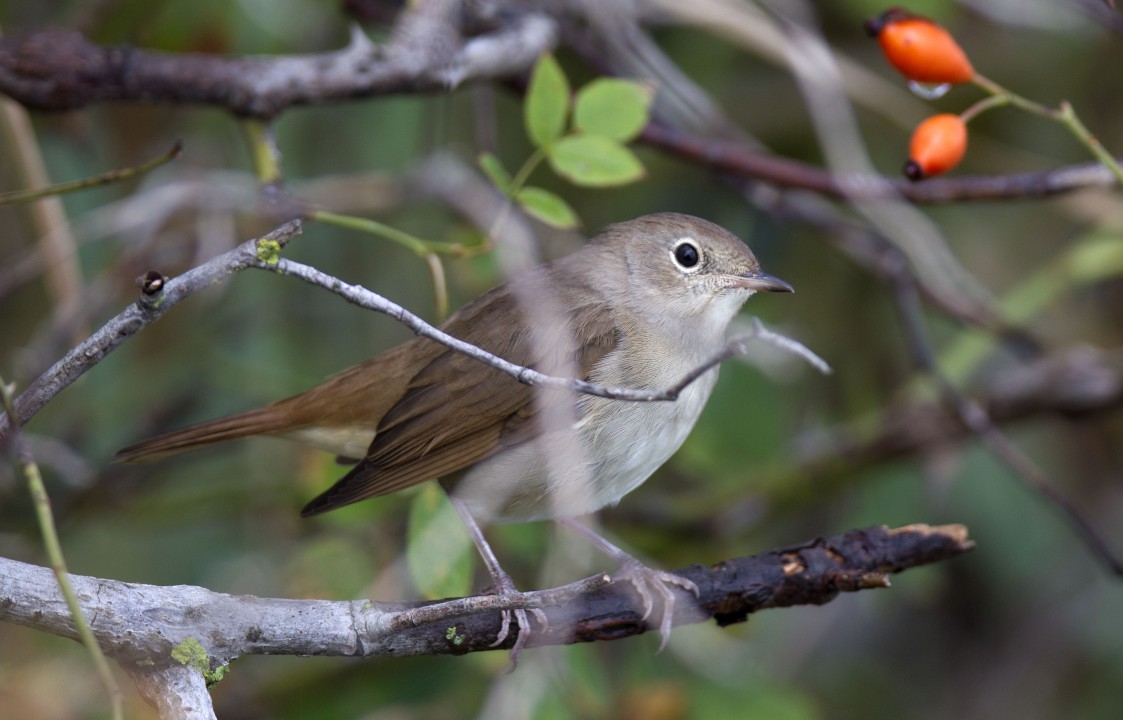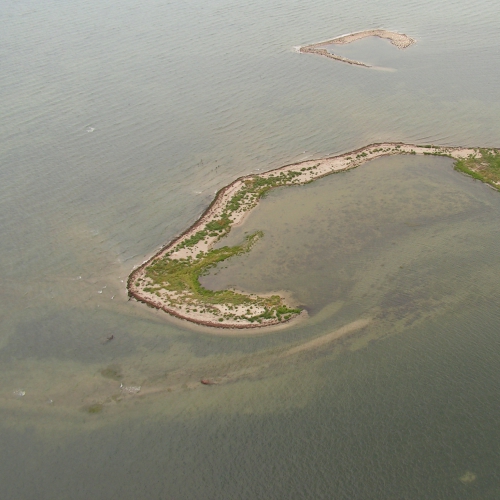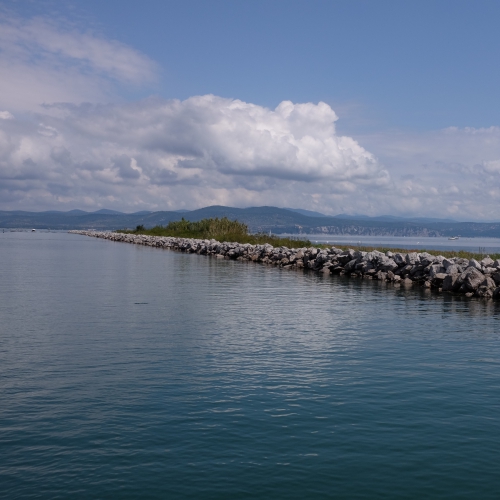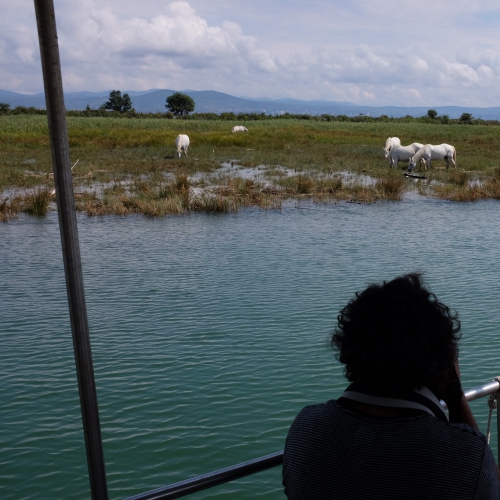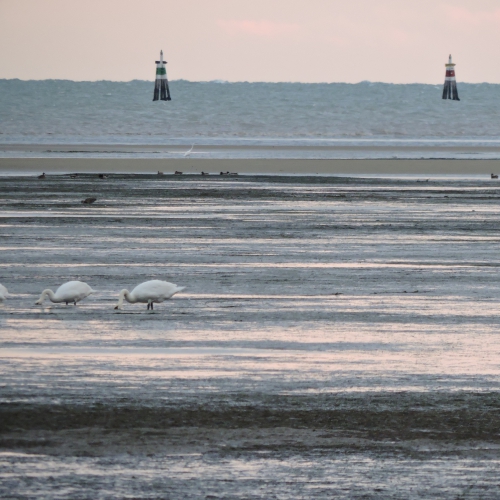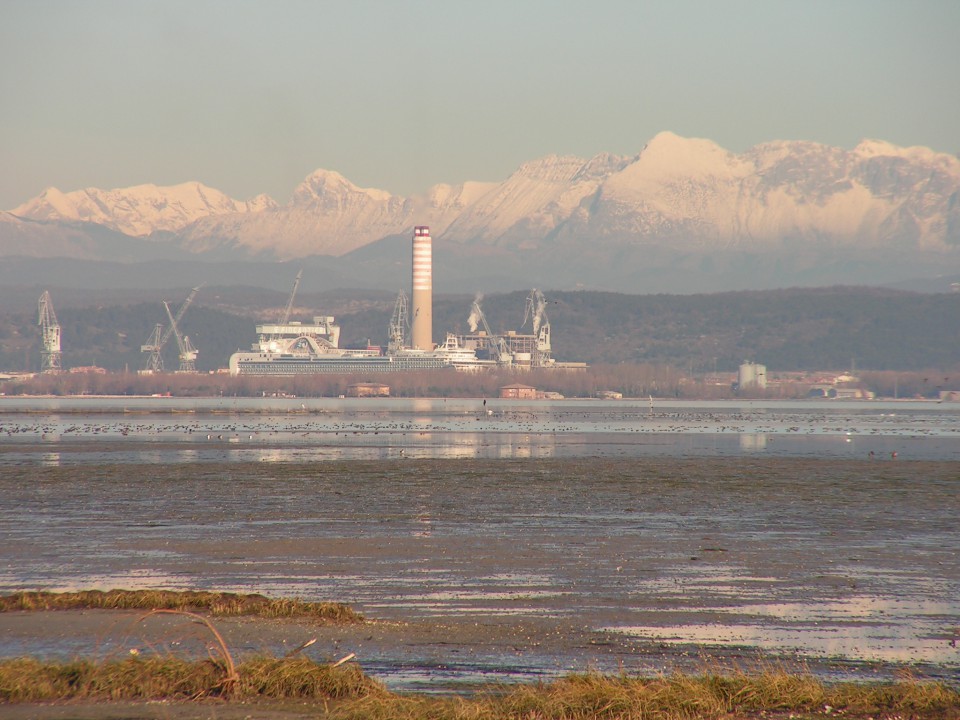
Descrizione
Il porto di Monfalcone è stato ricavato dallo scavo di materiali alluvionali a partire dal corso di un modesto corso d’acqua di risorgiva, la roggia Rosega. Attualmente un profondo canale collega le banchine con il mare aperto mentre verso occidente si estende l’ ampio bacino di Panzano che riceve l’apporto di acque dolci dal canale navigabile detto Brancolo e da altre roggie di risorgiva. Prima della costruzione delle varie società nautiche che occupano buona parte dello specchio acqueo in questo sito si svolgeva la trata dei cefali.
Luoghi d'interesse
(tratto da il Portolano del Golfo di Trieste, P. Tassinari) La crescita del Porto di Trieste nella prima metà dell’800, unitamente al passaggio...
Si riconosce a distanza per i punto cospicui dei cantieri navali, il silos del bacino occidentale di Panzano alto 48 metri e soprattutto per la...
Vegetazione
Forma estesi canneti in particolare in corrispondenza delle foci fluviali. Resiste ad una moderata salinità riducendo la taglia. Viene...
Specie nordamericana ampiamente diffusa nelle zone golenali e lungo i litorali. Si tratta di una specie esotica infestante che modifica fortemente...
Specie alofila non è presente sulle barene ma sulla costa rocciosa e sulle opere portuali quali moli e dighe anche in zona lagunare.
Frequente nei boschi planizali dove predilige le stazioni più umide. Si trova lungo i fiumi e nei pressi delle risorgive. Piuttosto...
Si trova lungo i fiumi, nelle risorgive e accompagna il reticolo idrografico minore su terreni umidi e torbosi. Può formare boschi puri in...
Specie arborea frequente lungo i fiumi e i litorali soprattutto su suoli sabbiosi. Di bel portamento viene usato come alberatura su viali e nei...
Come il pioppo bianco è frequente lungo i fiumi e i litorali ma risulta meno legato ai suoli sabbiosi. Una varietà ibrida viene...
Specie di origine nordamericana diffusa nelle zone coltivate e lungo I fiumi. Utilizzata per paleria e legna da ardere.
Frequente in molti ambienti anche lontano dall’acqua è tra i principali costituenti insieme a pioppi dei boschi ripariali e...
Arbusto e piccolo albero, resistente ai suoli salati ed alla siccità come ricordato dal D’Annunzio ne “la pioggia nel...
Tradizioni
Questa imbarcazione tradizionale da carico e pesca veniva usata fino alla metà del 900 nell’alto Adriatico, in un primo tempo mossa...
(da il Piccolo, 6 novembre 2012). Il golfo di Panzano dagli anni ‘20 fino agli anni ’70 si trasformava nel mese di dicembre in una...
Ambienti
Nel secolo scorso vaste zone lagunari e palustri circumlagunari sono state bonificate per ricavare nuove zone agricole, industriali ed urbane. Per...
La linea di costa che un tempo (fino agli anni Venti) si modificava naturalmente a seconda dell’innalzamento ed abbassamento del livello del...
Uccelli
cm 85-100, sessi simili. Piumaggio bianco, becco giallo che diviene nero in periodo riproduttivo. Presente tutto l’anno, non nidifica. Numeroso...
cm 84-102, sessi simili. Presente tutto l’anno nidifica in colonia in boschetti lagunari e altre zone boscate dell’entroterra. La nidificazione...
cm 37-43, sessi simili, grigio chiaro superiormente, bianco nelle parti inferiori, con calottina nera con ciuffo sulla nuca e becco nero con apice...
cm 140-160, colore bianco, grigio nei giovani, tubercolo alla base del becco, più evidente nel maschio. Presente tutto l’anno, numeroso presso...
cm 38-43 sessi simili, grigio con fasce alari bianche. Presente tutto l’anno nidifica comunemente nei boschetti delle isole lagunari e delle zone...
cm 77-94, sessi simili. Come pellicani e sule ha le 4 dita congiunte dalla membrana natatoria. Specie presente tutto l’anno, aumenta notevolmente...
cm 15-16, maschio con capo grigio e gola bianca nella sottospecie cinerocapilla , ventre giallo, coda lunga con timoniere esterne bianche. Durante le...
cm 36-42, sessi simili. Nera fumo con becco e placca frontale bianca. Corre sull’acqua per prendere il volo. Presente tutto l’anno, nidifica con...
cm 35-39, sessi simili. A febbraio veste il cappuccio bruno scuro dell’abito nuziale che poi perde in luglio-agosto. Presente tutto l’anno...
cm 37-40, sessi simili. Rispetto al gabbiano comune ha il becco più massiccio e rosso corallo, la testa nera-durante la nidificazione- e le punte...
cm 52-58, sessi simili. Grigio superiormente, bianco inferiormente. Presente tutto l’anno e nidificante abbondante in laguna, sui tetti di Trieste...
cm 27-31, sessi simili. Scura con coda in parte bianca e becco rosso e giallo. Presente tutto l’anno, nidifica nelle zone umide d’acqua dolce e...
cm 55-65, sessi simili. Piumaggio bianco con lunghe penne, dette egrette. su nuca e dorso durante il periodi riproduttivo. Presente tutto l’anno...
cm 40-46, essi simili. Ricorda un gabbiano reale di minori dimensioni. Presente da novembre ad aprile, numerosa in alcuni inverni, Frequenta il mare,...
cm 50-60. spiccato dimorfismo, è il progenitore dell’anatra domestica. Presente tutto l’anno, molto adattabile, frequenta sia le zone umide che...
cm 68-78, sessi simili. Il breve ciuffo è presente negli adulti in inverno e inizio primavera. Presente tutto l’anno diviene raro in inverno e...
cm 17-19, sessi simili. Azzurro superiormente, rosso inferiormente con grande becco scuro e coda molto corta che in volo lo fanno sembrare un...
cm 18-20,5 bruno chiaro superiormente. bianco sulle parti inferiori. Le ali hanno una sottile barra chiara e vengono spesso bloccate brevemente nel...
cm 48-56, sessi simili, piumaggio molto variabile, in genere bruna con chiazze chiare. Presente tutto l’anno, più numerosa anche in laguna durante...
cm 23-26, sessi simili. Grigio inferiormente, bruno striato superiormente, becco lungo e ricurvo. Presente tutto l’anno, più numeroso d’inverno,...
cm 40-48, il maschio ha la testa nera con una caratteristica macchia bianca sulle guance. Presente durante lo svernamento e le migrazioni, frequenta...
cm 17-21, sessi simili. Nera superiormente, gola rossa e ventre biancastra. Presente da marzo-aprile e settembre-ottobre, Nidifica sotto manufatti...
cm 52-58, maschio con testa verde scuro e collarino bianco, femmina con testa rossastra. Presente durante lo svernamento è frequente durante la...
cm 34-37, sessi simili. Grigia chiara superiormente bianca nelle parti inferiori, con calottina nera e becco rosso. È la classica rondine di mare...
cm 63-75, sessi simili. D’inverno il piumaggio è grigio scuro superiormente, biancastro inferiormente Il becco è più massiccio e tenuto...
cm 55-67, sessi simili. Durante l’inverno ha un piumaggio grigio, biancastro inferiormente. Presente d’inverno in mare e nelle zone più profonde...
cm 46-51, sessi simili Grigio superiormente, biancastro inferiormente, nell’abito nuziale mostra evidenti ciuffi sul capo e guance. Presente tutto...
cm 28-34, sessi simili. Grigio e biancastro d’inverno, veste il collo nero ed un ciuffo giallo dietro l’occhio rosso a marzo. Presente da agosto...
cm 29-33, sessi simili. Piumaggio beige chiaro con collarino nero. Presente tutto l’anno, spesso associata agli insediamenti umani in città,...
cm 25-29, sessi simili, piumaggio arancio barrato di nero, cresta erettile sul capo, volo sfarfallante. Presente da aprile a settembre ed è...
cm 15-16.5, sessi simili. Bruno rossastro superiormente più chiaro nelle pari inferiori. Presente da aprile a settembre. Nidifica in boschetti...

